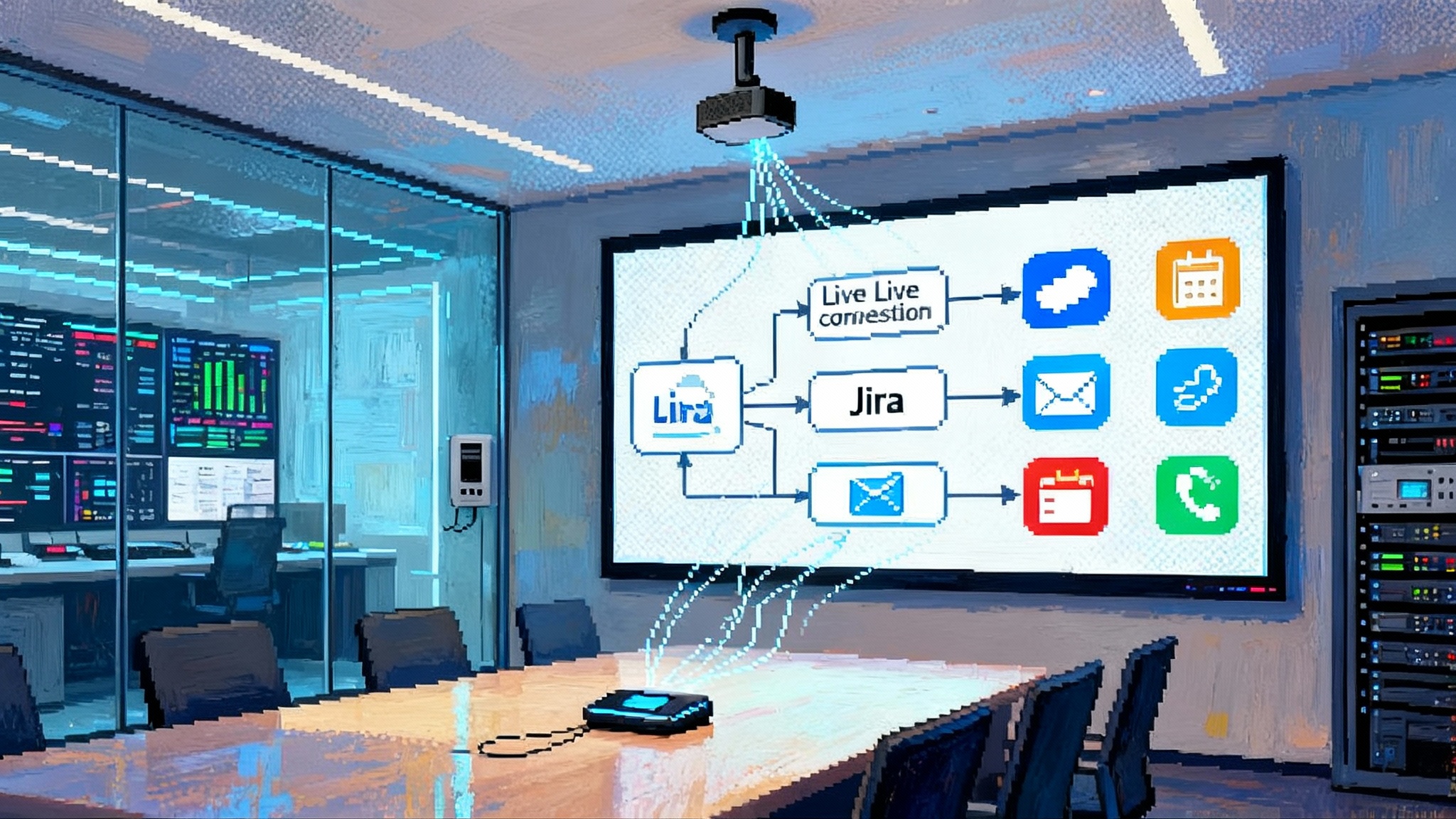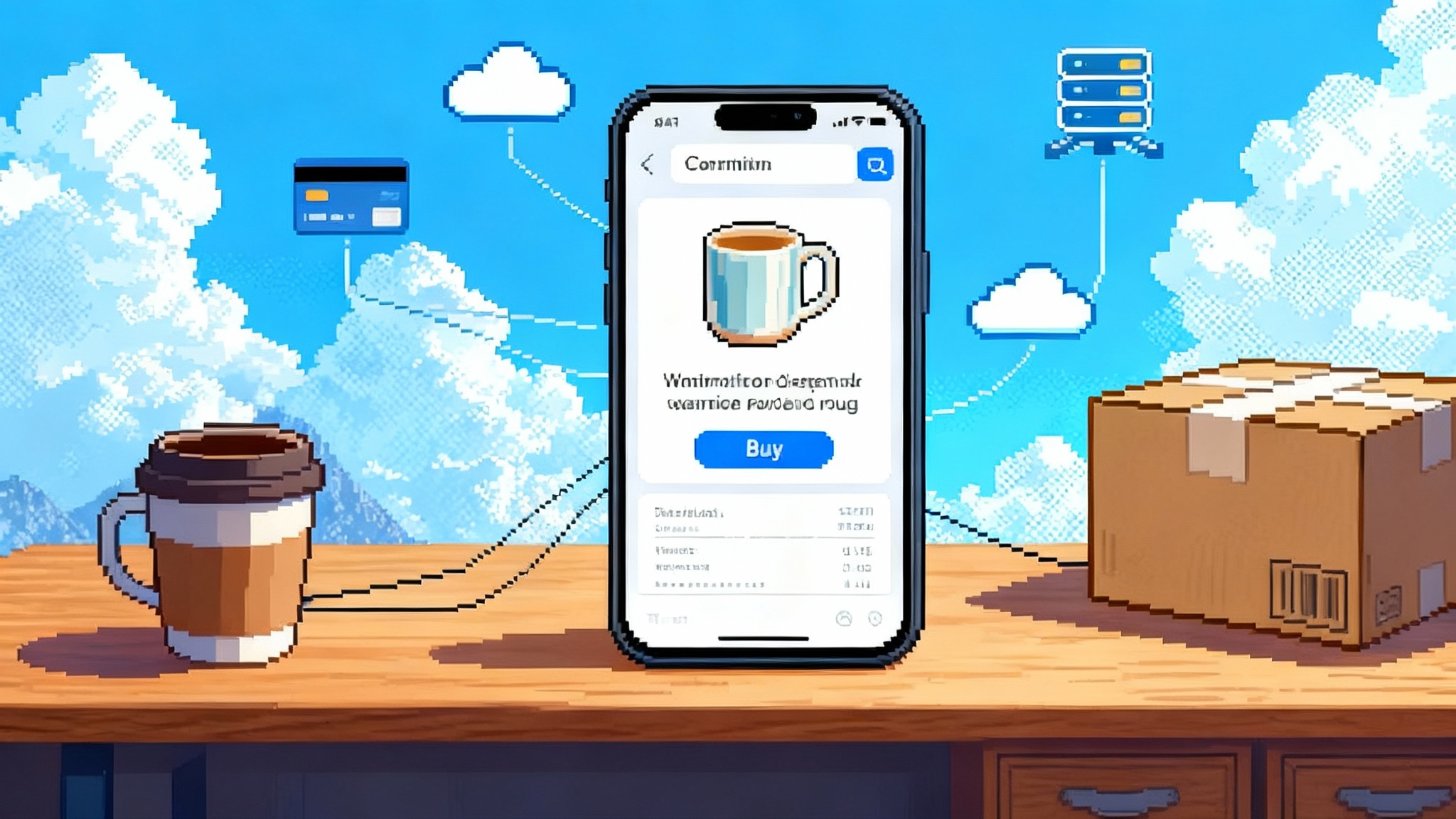Meta flips the switch as AI chats become ad fuel at scale
Meta will start using conversations with its AI assistant to personalize content and ads across Facebook and Instagram on December 16, 2025. Here is what changes, who is excluded, and how product and policy teams should respond.

The day private chat became ad fuel
On October 1, Meta quietly crossed a line that the industry has debated for years. The company announced that it will begin using people’s conversations with its AI assistant to personalize content and ads across Facebook and Instagram, with the change taking effect on December 16, 2025. There is no opt-out. Europe, the United Kingdom, and South Korea are carved out. This is not a small test or a lab prototype. It is a switch flip across two of the largest feeds on earth. The first public confirmation came in a top-tier report that spelled out the timeline, the regions, and the lack of an opt-out: read the policy update starting December 16, 2025.
Meta’s change is not about listening through microphones or scraping private calls. It is simpler and more direct. If you ask Meta AI about a hiking trip, expect to see more hiking content and equipment ads. If you request a budget for a new camera, expect camera ads to follow. Meta says sensitive categories such as health or politics are excluded from targeting. Yet the core shift stands: your agent chats will now shape the ads and recommendations you see. See Meta’s official announcement.
At-scale agent monetization begins
Industry veterans will say that user intent has fueled ads since the first search query. That is true. What makes Meta’s move different is the channel and the scale. Generative agents are not web search boxes or public posts; they are conversational tools that invite first-person phrasing, casual details, and immediate goals. Until now, chat interactions were either siloed as product telemetry or used in small pilots. Meta’s update takes agent interactions and feeds them directly into two massive ad systems with default enrollment in most of the world. In practical terms, this is the first at-scale monetization of agent interactions.
This turn aligns with how we argued that chat is the new runtime: intent-rich conversations are becoming the primary surface where decisions get made.
Think of agent intent as the difference between a glance and a receipt. A glance is a like or a follow; it hints at interest. A receipt is a chat where someone says, “I need a waterproof tent for four people by Friday.” Receipts carry specificity: product constraints, timing, budget, and context. That is what ad platforms crave, and that is what agent chats naturally produce.
How the pipeline will likely work
While Meta has not published the full schema, the mechanics are straightforward and familiar to any recommender or ads team:
- Intent parsing: extract goal types such as plan a trip, research a product, or fix a device.
- Entity and attribute capture: identify the named items and constraints such as Nikon mirrorless, under 1,500 dollars, arrives this week.
- Temporal signal: record whether the need is immediate or later. Urgency is gold for conversion.
- Sensitivity filter: drop topics tagged as sensitive by policy and filters. Expect layered rules plus model disallow lists.
- Confidence scores: pass only high-confidence segments into ads, lower confidence into organic recommendations for learning.
- Account linking: apply Accounts Center settings so that, for example, a chat on Instagram can inform Facebook if the accounts are linked.
- Frequency and decay: cap how often agent-intent segments activate and let them decay as time passes or the user acts.
Meta has said it will notify people before the change and that it will avoid sensitive categories. The company’s newsroom page outlines the rollout date, the broad approach, and regional exclusions.
Why now
The industry has been losing easy signals for years. Third party cookies have faded. Mobile tracking has become constrained. Server-to-server measurement is noisy. In that world, agent interactions look like a fresh reservoir of high intent text, often volunteered in the user’s own words. It is a perfect fit for ads systems that have become fluent in embeddings, retrieval, and vector lookups. When attribution dries up, the next best thing is to model intent and match it to creative that aligns with timing and constraints.
Meta also needs to sustain the value of its AI assistant. If the assistant deepens daily use and produces reliable signals, feed recommendations improve and the ads auction gets sharper. That is a powerful flywheel. It connects engagement, monetization, and product development in one loop.
The tipping point for product design
Meta’s decision forces every company with an agent to pick a lane. If your agent is popular, users will assume their chats might be monetized by default unless you clearly say otherwise. That assumption changes design priorities in three directions. It also reinforces the need for agent control planes go mainstream, where permissions and data paths are explicit and enforceable.
1) Private by default agent modes
Expect a surge of modes that behave like a temporary whiteboard. These sessions do not write to long-term memory, do not leave a server-side trace beyond short-lived operations, and expose clear controls to save, forget, or export. Think of it as a camera app’s portrait mode but for privacy. The mode is explicit, reversible, and labeled at the top of the chat. Messenger teams will add session clocks, deletion timers, and visible state chips that say ephemeral or saved.
2) Tighter consent user experiences
Consent that lives only in a distant settings page will not cut it. People need event-level controls that show up when intent extraction matters. If a user asks, “Help me plan a late November baby shower under 500 dollars,” a small prompt at the bottom can offer three choices: use this session to personalize my ads, use it for content only, or keep it private for this session. Each option links to a one-screen explainer that says what is collected, how long it lives, and how to revert.
3) More on-device inference
Teams will push classification and redaction to the edge. Devices can run lightweight models to label topics, strip identifiers, and score sensitivity before any text leaves the phone. Server models can still personalize, but with input that is already minimized and tagged. This reduces risk and shrinks compliance scope, while still enabling relevance.
The ad race: packaging agent intent
If one platform turns agent chats into ad fuel, competitors cannot ignore the tactic. Here is the likely playbook across the majors:
- Google: agent-intent segments that complement search keywords. For example, a Gemini chat about trading in a phone could map to a high intent device upgrade audience, separate from traditional search terms. Expect retail media tie-ins on Shopping and YouTube with time-limited windows.
- Amazon: Alexa and Rufus interactions that create provisional shopping lists and category heat maps. Sponsored Product and Sponsored Brand packages will likely offer agent-intent boosts for the next seven days after a qualifying chat. Brands can bid only for the window, which keeps spend efficient.
- Microsoft: Copilot intent overlays for Bing Ads plus LinkedIn lead-gen. A query like “draft a pitch for warehouse robotics” may produce a narrow business-to-business segment for operations managers at mid-market logistics firms, with frequency caps to avoid fatigue.
- Apple: a counter position focused on privacy, on-device learning, and quiet personalization inside Apple Search Ads. Apple’s pitch will be that relevance does not require centralizing chat content, which will appeal to regulated sectors and premium brands.
- TikTok: creative-intent signals from its assistant to boost discovery. The company can offer creators optional monetization that lets agent-guided projects be discoverable to relevant sponsors, with creator controls to opt in by project.
None of these require copying Meta’s exact policy. The race is to package agent-intent in ways that lift performance without triggering backlash.
The regulatory map
- United States: the Federal Trade Commission will look closely at whether notice is clear, whether consent is specific to the use, and whether the interface avoids dark patterns. State privacy laws such as the California Consumer Privacy Act and the California Privacy Rights Act emphasize the right to limit certain data uses and to know what is collected. Expect state attorneys general to probe defaults and disclosures. Kids and teens data is a bright line, so mixed-age products will need extra guardrails.
- European Union and United Kingdom: carve outs exist for a reason. General Data Protection Regulation principles such as purpose limitation and data minimization push companies toward explicit consent for repurposing chat content into ads. The Digital Markets Act adds constraints for gatekeepers on combining data across services. If agent chats ever come to ads in these markets, anticipate an opt in with short retention windows and strict topic bans.
- South Korea: the Personal Information Protection Act is stringent on consent and cross-service data use. Any move to fold agent chats into ads would likely require clear opt in with separate toggles and documented minimization.
A theme emerges: the bolder the default, the heavier the compliance work. The safest path in regulated markets is opt in with strong purpose limitation and transparent controls.
What changes inside product and platform teams
Designers, engineers, and policy leads should assume that agent content now sits in the path of revenue. That means stronger interfaces, tighter data boundaries, and new logging. Here is the playbook to ship relevance without blowback. For deeper context on agent durability and memory design, see our take that durable AI agents arrive.
1) Event-level consent that people understand
- Surface consent at the moment of collection, not buried in settings. A compact banner inside the chat that says personalize content and ads from this session, with three options: content only, content and ads, or keep private.
- Use short descriptions that list what flows to ads systems, how long it lasts, and how to delete.
- Provide a single place to see past consents with timestamps. Let users rescind and purge by session.
- Measure comprehension through user research and A/B tests. Success is not only acceptance rate; it is correct recall of what the user agreed to a day later.
2) Partitioned memory and narrow data paths
- Separate agent memory into at least three stores: core model telemetry, product personalization, and ads signals. Default to no write unless the session opts in.
- Put strict time to live on ads signals. A product research chat might decay after seven days; a travel plan could decay after the trip window. Short windows keep models fresh and minimize accumulation.
- Prevent silent propagation. If an Instagram agent session is opted into ads but the Facebook account is not linked, do not leak the signal across properties.
- Build delete by pointer first. Every record that can enter an ads store must be deletable by a single user-issued pointer, not a best-effort reconstruction.
3) Prompt red-teaming and sensitive-topic shielding
- Red-team your own prompts to see when the agent elicits sensitive data. Catalog trigger phrases that tend to pull users into protected categories.
- Add pre-processing that screens for protected attributes and drops them before logging. Log the drop event, not the sensitive text.
- Track false positives and false negatives for sensitive classification. Calibrate thresholds so that protected content is rarely misrouted into ads stores. Bias toward over-filtering.
- Include context warnings. If a user veers into a sensitive topic, the agent can remind them that certain topics are not used for ads and provide a quick link to keep the session private.
4) Provenance logs that explain “why am I seeing this”
- Attach a compact, human-readable provenance trail to every ad that was influenced by an agent session. It should say which session contributed, when, and at what confidence.
- Expose the trail to users through the standard “Why am I seeing this ad” menu. Include the session timestamp and an option to delete the contributing session.
- Keep a cryptographic hash of the log for audit. If a regulator asks how a decision happened, you can reproduce it.
5) On-device inference that trims risk
- Run first-pass classifiers and redactors locally. Ship only the tags and minimal context needed to activate a segment.
- For voice, drop raw audio after local speech-to-text. Send only text that has passed redaction.
- For images, derive labels on device and send labels rather than pixels when the goal is ad relevance, not cloud editing.
Measuring the upside without tripping alarms
Executives will ask for lift. Privacy teams will ask for safety. You can serve both by instrumenting measurable, reversible experiments.
- Build clear, narrow segments such as research mirrorless cameras under 1,500 dollars rather than vague interest in photography. Narrow segments reduce collateral anxiety and isolate lift in tests.
- Run short-lived experiments, for example two weeks per segment, and build a rotation so that no group lives forever. Report both lift and user comfort metrics.
- Track three counters in your weekly review: opt-in rate at the moment of consent, agent session volume before and after the change, and reported confusion in support tickets. If session volume drops after a consent prompt, iterate the copy. If confusion spikes, tighten the explainer.
Competitive outcomes to watch
- Packaging: look for sponsored agent replies that stay within policy, such as optional product cards after a shopping query. These can monetize without leaking the entire conversation into the ads graph.
- Attribution: expect synthetic labels that tie agent-informed exposure to downstream actions, calibrated by holdouts. The best teams will pre-register their label taxonomies and publish them internally so that measurement is consistent.
- Creative: generative creatives can incorporate the same attributes that came from the chat. If the agent captured waterproof and four-person, creative that mentions those features will outperform generic ads. The risk is overfitting; rotation matters.
What this means for everyone else
If you ship an agent and you monetize with ads, the default expectation just changed. Consumers now know that at least one giant will use chat content for targeting unless told otherwise. Regulators know they will be asked why consent was not clearer. Competitors know there is performance on the table if they can package intent without breaking trust.
The practical response is not to argue about good or bad in the abstract. It is to ship precise controls, defensible pipelines, and visible explanations. If you do that, you can capture the upside of relevance while avoiding the spiral of suspicion that often follows surprises in privacy.
The close
Meta has made the first large-scale bet that agent conversations belong in the ads bloodstream. The company set a date, defined exclusions, and accepted the heat. Whether you agree or not, the board has moved. The smart response is to build agents that treat privacy as a feature, consent as a moment, memory as a partitioned system, and provenance as a product surface. Do that, and you can compete on the merits of intent, not on the muscles of surveillance.






